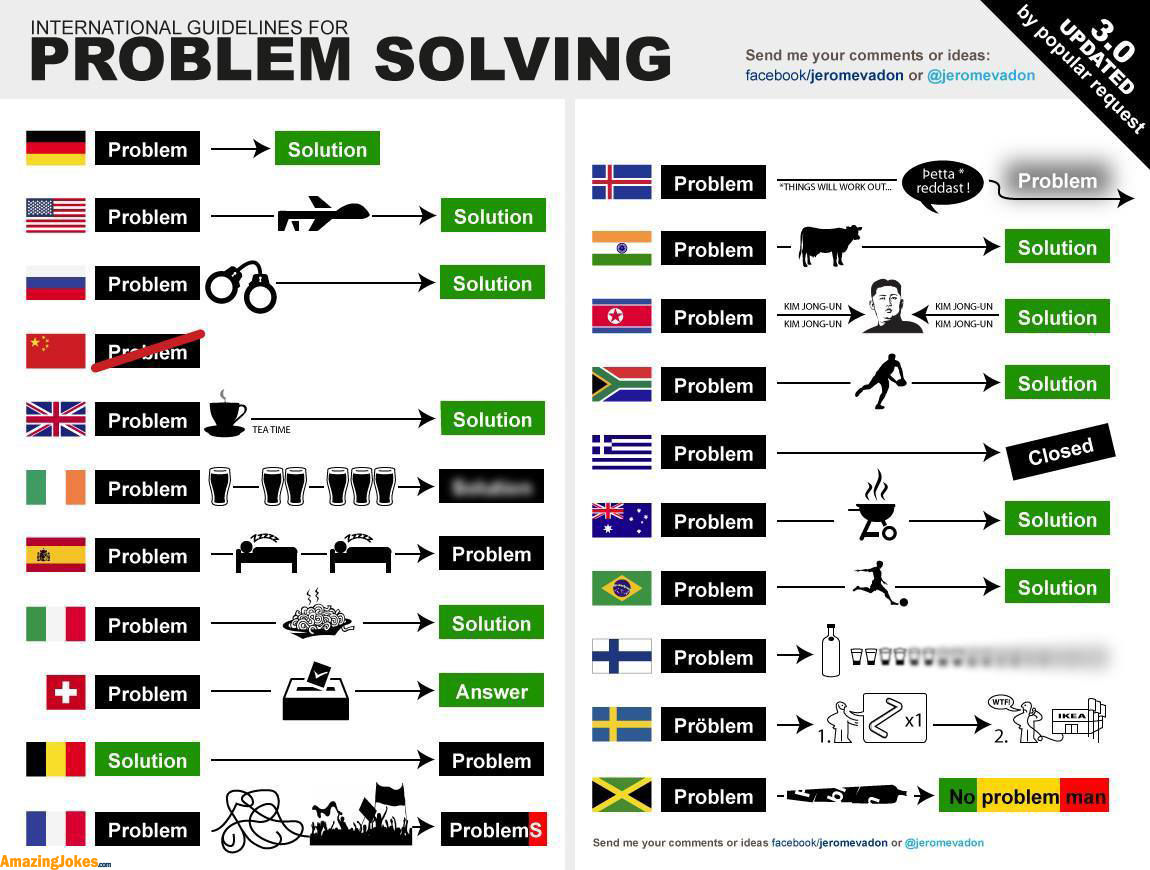Solving ‘Invalid Path Alias’ In Yii2 Framework

Yii2 Framework is a popular PHP framework for developing web applications. It uses path aliases to map virtual paths to real paths on the server. This allows developers to easily access files and directories without having to worry about the actual location of those files and directories.

However, sometimes you may encounter an “Invalid Path Alias” error when using Yii2. This error occurs when the framework is unable to resolve a path alias to a real path. There are a few possible causes for this error:

- The path alias is not defined correctly.
- The path alias is not defined in the correct scope.
- The path alias points to a non-existent file or directory.
To solve this error, you need to make sure that the path alias is defined correctly and that it points to a valid file or directory. You can also try to clear the framework’s cache, as this may sometimes resolve the issue.
Here is a step-by-step guide on how to solve the “Invalid Path Alias” error in Yii2 Framework:
- Check the path alias definition. Make sure that the path alias is defined correctly and that it points to a valid file or directory.
- Check the path alias scope. Make sure that the path alias is defined in the correct scope. For example, if you are trying to access a file in the
@webdirectory, you need to make sure that the@webalias is defined in theconfig/web.phpfile. - Clear the framework’s cache. Sometimes, the “Invalid Path Alias” error can be caused by a problem with the framework’s cache. You can try to clear the cache by deleting the contents of the
runtime/cachedirectory.
If you have followed the steps above and you are still getting the “Invalid Path Alias” error, you may need to contact Yii2 support for further assistance.## Solving ‘Invalid Path Alias’ In Yii2 Framework
Introduction
In Yii2, path aliases are a convenient way to refer to directories and files without having to specify the full path. However, sometimes you may encounter an ‘Invalid Path Alias’ error when trying to use a path alias. This error can be frustrating, but it is usually caused by a simple configuration issue. In this article, we will show you how to solve the ‘Invalid Path Alias’ error in Yii2.
Common Issues Causing Error and Resolution
1. Incorrect Path Alias Configuration
- Ensure you have correctly entered your aliases inside the aliases section of the application configuration file.
- Verify that aliases point to valid directories and files by navigating through them in your file manager.
2. Missing Alias Definition
- Check that you have defined all necessary aliases in your configuration file.
- Verify that the alias names correspond to those referenced in your code.
3. Invalid Directory Separator
- Ensure you are using the correct directory separator for your operating system (typically “/” for Unix-based systems and “” for Windows).
- Check if they are consistent throughout your configuration and code.
4. Case-Sensitive File Systems
- Consider that some file systems are case-sensitive.
- Ensure that the path alias and the actual directory/file names match exactly, including letter casing.
5. Web Root Misconfiguration
- Verify that the web root is set correctly in your config file.
- Double-check if it points to the correct root directory where your Yii2 application resides.
Conclusion
By addressing the common issues outlined above, you can effectively resolve the ‘Invalid Path Alias’ error in Yii2. Remember to carefully review your configuration settings, ensure path names are correct, and verify that all necessary aliases are defined.
Keyword Phrase Tags
- Yii2 Path Alias
- Invalid Path Alias Yii2
- Error Handling Yii2
- Framework Configuration Yii2
- Debugging Yii2


Wow! Thiz iz raelly helpfull!!11
This could be improved by adding more detail about the specific error message you receive. This could help others understand the issue better.
I’m not sure this is really a solution. It seems like a workaround that could potentially cause other problems down the road.
Oh, wow, this is the most amazing solution I’ve ever seen! I can’t believe I didn’t think of this myself.
I tried this and it totally worked! Now my PHP is running like a charm… or maybe it’s just because I spilled coffee on my keyboard.
I had this same problem and this solution worked for me. Thanks for sharing!
Could you provide some more information about why this error occurs? I’m curious to understand the root cause.
I disagree with this approach. I think it’s better to fix the underlying issue causing the error, rather than just suppressing it.
It’s funny how the simplest solutions are often the most effective. Who would have thought that such a small change could make such a big difference?
Oh, this is a great solution! Let me just go ahead and delete my entire project and start over.
I’m not sure if this is a solution or just a really bad joke.
This is a great starting point, but I think it could be improved by adding some more context about the problem. For example, what are the symptoms of the error? What are some common causes?
I’m not convinced that this is the best solution. I think there might be a better way to approach this problem.